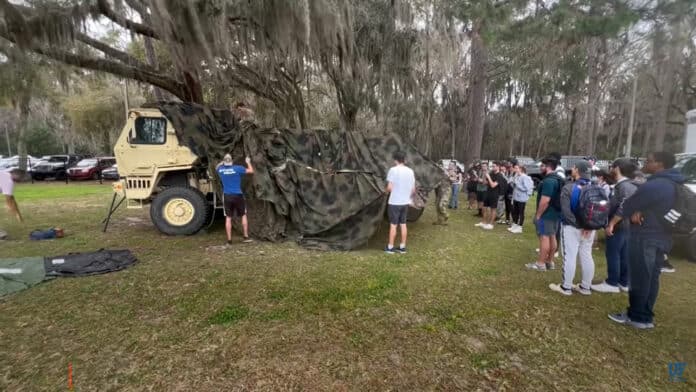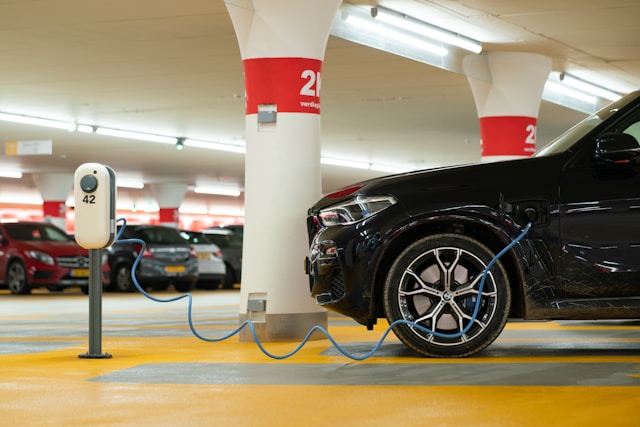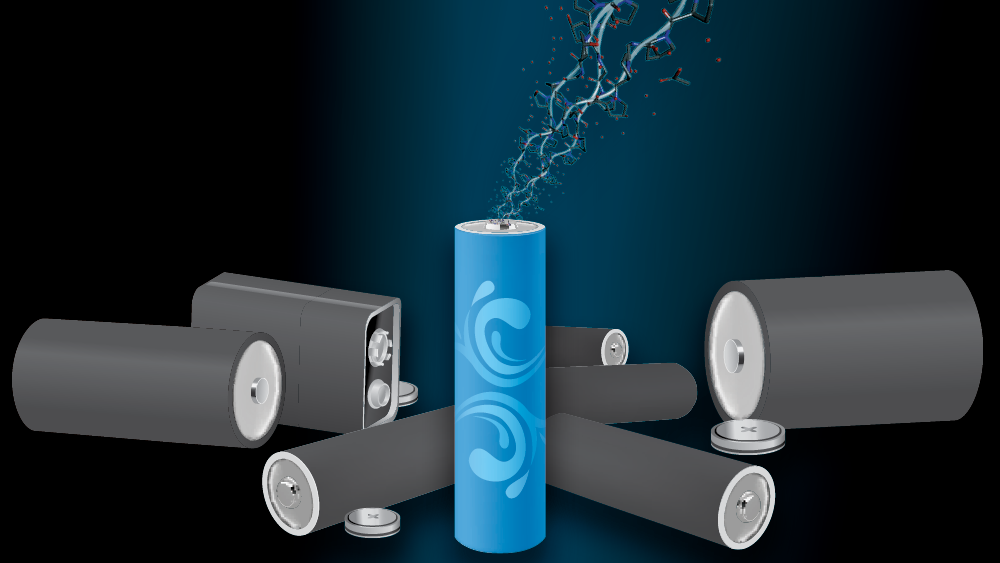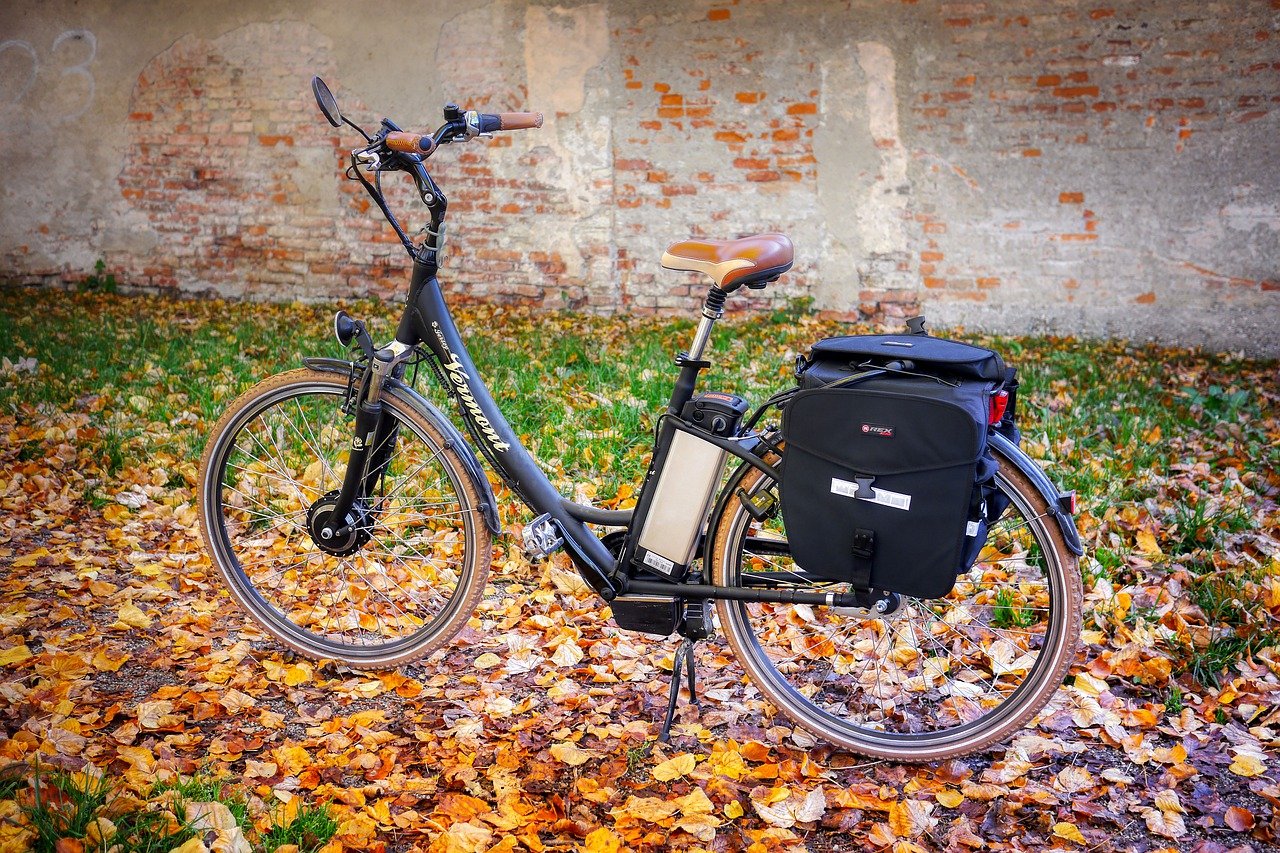University of Florida (UF) engineering students have successfully designed a device to aid the U.S. Army in rapidly camouflaging their vehicles on the battlefield. This project, which began as a capstone course for senior mechanical engineering students, has the potential to significantly improve soldier safety and mission effectiveness.
How UF’s Device Redefines Vehicle Camouflage Deployment
The project involved collaboration with the Georgia Institute of Technology and the Civil-Military Innovation Institute (CMI2). The UF team, led by Professor Matthew J. Traum, focused on creating a user-friendly and efficient vehicle camouflage deployment device specifically for the U.S. Army’s 3rd Infantry Division stationed at Fort Stewart, Georgia.
“This project provided our students with invaluable real-world experience,” said Professor Traum. “By partnering with CMI2 and the Army, they were able to identify a critical need and develop a solution that could have a direct impact on soldiers in the field.”
The UF-designed device streamlines the camouflage deployment process, making it faster and safer for soldiers to conceal their vehicles. The students’ innovation replaces traditional pole-based camouflage with vehicle-mounted plates, making it adaptable to any terrain. It also alters the vehicle’s silhouette under camouflage, improving concealment. This project showcases effective collaboration between academia and the military.
Field Testing Success:
A prototype of the device was delivered to Fort Stewart at the end of the fall 2023 semester. The Army is currently field testing the UF-designed system with promising results. This project exemplifies the positive outcomes that can be achieved when academic institutions and the military work together to address real-world challenges.







